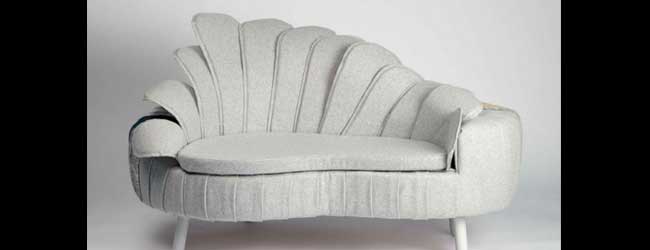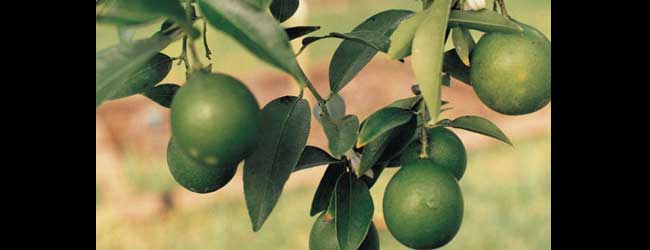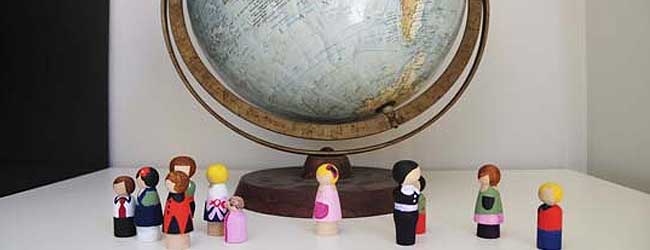Engineering researchers at the University of Florida have created a novel plastic surface by dint of mimicking the random shape and patterns of the minute hairs that grow on the bodies of spiders. The result is a water phobic surface where droplets skitter across it like ball bearings tossed on ice.
Wolfgang Sigmund, a professor of materials science and engineering, discovered the new material, and a paper about the surface appears in this month’s edition of the journal Langmuir.
Let’s take a look at how the always-dry surface was developed. According to Sigmund, making the water repelling material involves applying a hole-filled membrane to a polymer, heating the two, and then peeling off the membrane. Made gooey by the heat, the polymer comes out of the holes in the desired thin, randomly sized fibers. And it’s precisely this randomization that counts as the leap forward with this research.
Five years ago when he started this research, Sigmund’s natural tendency as an engineer was to make all the fibers the same size and distance apart. But then he realized that spider hairs are both long and short and variously curved and straight, forming a surface that is anything but uniform. He then tried to mimic this random, chaotic surface using plastic hairs varying in size but averaging about 600 microns, or millionths of a meter. And it worked. It’s physics, not chemistry, that makes it water repellent.
“Most people that publish in this field always go for these perfect structures, and we are the first to show that the bad ones are the better ones,” Sigmund said. “Of course this is a finding in a lab. This is not something you expect from theory.”
Using video and close-up photographs, he observed water droplets on dime-sized plastic squares as they maintained their spherical shape, whether standing still or moving. As gravity pulls the droplets down they bulge on most other surfaces, dragging a kind of tail as they move. Sigmund said his surface is the first to shuttle droplets with no tail.
And it is self-cleaning because as waters scampers off the surface it carries dirt with it. Therefore, the potential applications for the ultra-water-repellent material is widespread says Sigmund, including some food packaging, windows, and solar cells that must stay clean to gather sunlight. And boat designers might coat hulls with it, making boats faster and more efficient.
There are some drawbacks, however. It’s inexpensive to produce, but hard to do so with great reliability. Different techniques need to be developed to make the surfaces in commercially available quantities and size, Sigmund said. And more research is needed to make the surfaces hardy and resistant to damage.
Sigmund said a variation of the surface also repels oil–also a first for the industry–but he hasn’t published the research as of yet.
It’s worth noting that scientists have also reproduced other biologically inspired water repelling surfaces, including ones patterned after lotus leaves.









 It is a privilege you have chosen to visit RM’s website. Welcome to the site, the premier source of made to order and confidential business advice, where the clients and their needs are the real priority.
It is a privilege you have chosen to visit RM’s website. Welcome to the site, the premier source of made to order and confidential business advice, where the clients and their needs are the real priority. 
